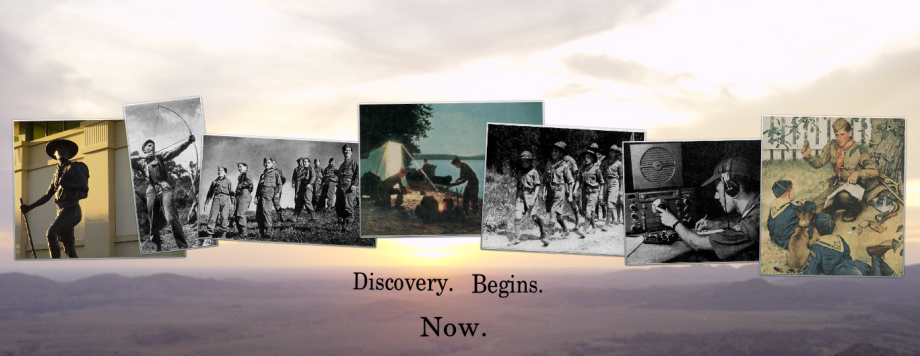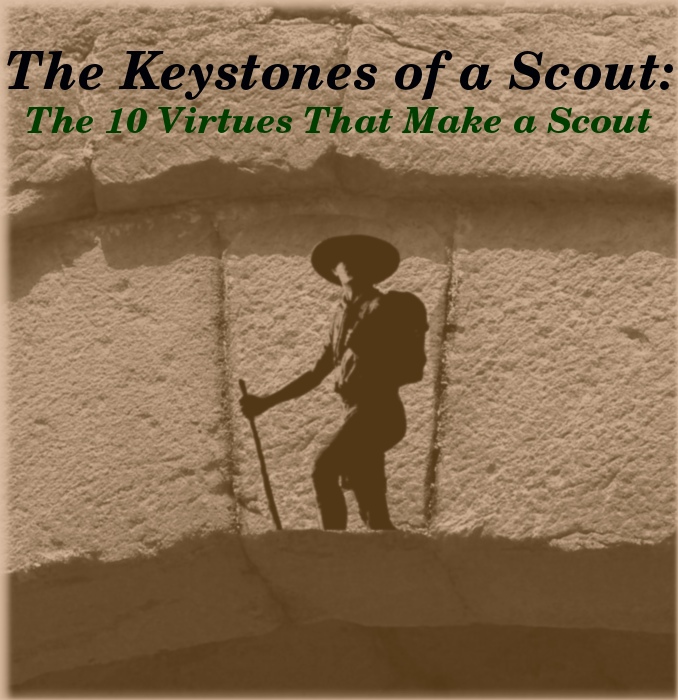
In the Boy Scouts of America, the Eagle Scout Rank is the highest Rank attainable. The Rank of Eagle Scout has a long tradition of great men and leaders who have earned it. If you want to know more about the statistics and great tradition of the Eagle Scout Rank, this infographic pretty much says it all.
In 1965, a requirement was added to the Eagle Scout rank:
5. While a Life Scout, plan, develop, and give leadership to others in a service project helpful to any religious institution, any school, or your community.
Since then, this Eagle Scout Service Project has come to be almost the defining achievement of the Eagle Scout. The way it is chosen, the subject, the leadership skills it requires, and the amount of work needed to complete it have all been testaments to the new Eagle’s willingness to serve and his ability to lead others.
In my quest to rediscover Scouting, I have come to appreciate this project and the work involved more and more. Currently, I am a Life Scout, and I decided upon my Eagle Project two years ago and have been working on it since. This may seem like quite a long time, and there are various reasons why it has taken so long. But the main reason is the project itself and its scope.
Part of my philosophy of Scouting goes back to the word itself: Scouting. I believe it is part of the identity of Scouting and each individual Scout to explore beyond and push the boundaries of what has been done, and to set a higher standard of possibility as to what is commonly accepted.

That is why I wanted to do something different for my project. I wanted to try something ambitious. As an Amateur Radio Operator , I had known and realized the value of what this group of volunteers does in the field of emergency communication and storm chasing. So I decided to choose a project that would help out this group in assisting and protecting our communities.
I decided on building and installing an Amateur Radio Repeater for my Eagle Project. A Repeater is a radio that is mounted in some high location, who’s job it is to retransmit received signals, thereby increasing their range and effectiveness. The antenna, radio, and other components needed to put together a repeater can cost well into the thousands. I am almost done with this project, and if everything goes well, I expect to finish it sometime this month or the next.
OK, so I’ve shared my story, but this post is not about my story, it’s about yours. What are you going to choose? Have you chosen something already?
Here is cool article from Scouting magazine on how to choose an Eagle Project, but there’s some advice from my own personal experience that I would like to share.
- Number 1#: Choose something you’re passionate about.
You’re only going to have one Eagle Project, and you are going to look back and remember what you did for your project the rest of your life. Make sure it is something you really care about. Make it worthwhile for you. If you choose something that you really care about, it will show in your work, and you will learn the most and help the most.
- Number 2#: Choose something that Challenges you.
I cannot overstate how much I have learned from my Eagle Project so far. There is so much about communication, organization, planing, and etc. that I was very poor at. With the greater portion of my project behind me, I can see how much it has helped me grow and how much it has taught me. Even if you think it’ll be a great idea, don’t choose it if it will be really simple to accomplish. The Eagle Project is not about how little we can do and still pass the board of review, but about how much we can push ourselves and accomplish.
- Number 3#: Shoot for something Big.
An Eagle Scout Project is an excellent opportunity to accomplish big things. There are many, many people out there who love to help Scouts with Eagle Project. I’ve come to realize that being a Scout has a way of eliminating obstacles that anyone else would have to face if they were attempting the project on their own. So take this opportunity do do something significant. Do something that’s permanent and that will keep on serving the community for years and years to come. Do something that saves lives or significantly improves the quality of life. This is your opportunity, and it is a great one. Don’t waste it!
So that’s my advice on choosing an Eagle Project. I would love to hear yours! Any thoughts, questions, additions? Please leave a comment! Thanks for reading this post; I hope you enjoyed it!









